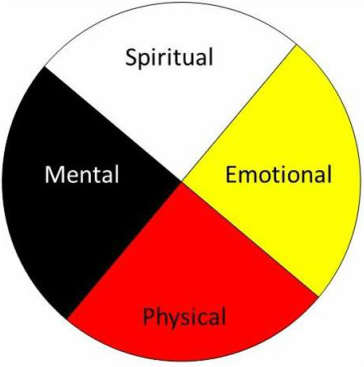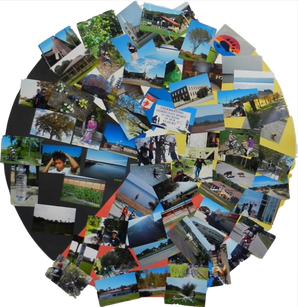ACHWM Development process
|
In 2011, Mary Jo Wabano (Health services director for Wikwemikong) and Nancy Young (Research chair at Laurentian University) secured funding to begin the development of the new measure. They brought together Aboriginal children and youth (ages 8 -18) in the series of focus group. The purpose of this focus group was to identify meaningful concepts of health and well-being from their perspectives.
During these full-day focus groups participants: - were provided with engaging, out-of-the classroom activities to stimulate further reflection on their understanding of health and well-being (as individuals as members of larger community); - learned about the concept of the Medicine Wheel and its importance within their culture and community; - engaged in general discussions about health. |
*The use of the Medicine Wheel as a framework within which to discuss issues of health and well-being qwas encouraged by Elders and community leaders after through consultation.
|
|
One of the most important exercise the children and youth participated in involved taking bicycle trips around their community (with the guidance of an adult facilitator) to photograph scenes they believed best reflected ideas of health and well-being.
Bicycling allowed participants to take on leadership roles and to engage in healthy physical activity. |
Each facilitator carried with him/her a pen and paper to document participants' thoughts on the subject matter they were photographing.
At the conclusion of the children and youth focus groups, two expert panels comprised of Aboriginal health experts and academic worked to identify key concepts that had emerged from the group discussions that were then transformed into health and well-being assessment questions.
The result: a comprehensive health and well-being questionnaire (60 questions), culturally played a vital role in its creation.






